For medical practitioners, as with any other professional in South Africa, retirement planning is a crucial aspect of financial well-being.
There are many factors which make retirement planning particularly pertinent for medical practitioners, such as the demanding nature of the profession, (long hours, high stress, potential career burnout), as well as delayed earnings due to extended years in training leading to limited working years.
For practitioners in private practice, income fluctuation is also another factor. For all these reasons, structured savings and tax-efficient retirement funds are essential for long-term stability.
We are going to explore key retirement planning vehicles, including Retirement Annuities (RAs), Preservation Funds, Pension and Provident Funds, Estate Planning, and the new Two-Pot System.
1. Retirement Annuities (RAs): Benefits and Tax Implications
Retirement Annuities (RAs) are a popular retirement savings vehicle for medical practitioners, particularly those in private practice or without employer-sponsored pension schemes.
Benefits:
- Tax Efficiency: Contributions to an RA are tax-deductible up to 27.5% of taxable income (capped at R350,000 per year), reducing overall tax liability.
- Tax-Free Growth: The growth within the RA is entirely tax-free. Unlike many other investment vehicles, the returns generated within the RA are shielded from capital gains tax, dividends tax, and tax on interest.
- Creditor Protection: This is governed by S37 of the Pension Funds Act. There are some (although not absolute) protections for your RA savings. To start off with, RA savings are designed to provide you with retirement income, and you therefore cannot access this money before retirement (earliest age 55), other than under exceptional circumstances such as formal emigration or disability. S37a of the Pension Funds Act stipulates that a member’s benefits in terms of the rules of a fund cannot be reduced, transferred, ceded, pledged or hypothecated, for an amount exceeding R3 000.
In terms of S37B, pension assets do not form part of an insolvent estate. In other words, the full amount of your Fund is protected from creditors in the event you go insolvent.
These provisions do not mean that your retirement annuity money is “untouchable” and there are instances where amounts such as tax in terms of the Income Tax Act, amounts due and payable under the Divorce Act and the Maintenance Act, and damage claims by employers, can be deducted.
- Flexibility: Contributions are voluntary and can be adjusted based on income fluctuations.
What to consider
- Restricted Access: Withdrawals are only permitted from age 55, except under exceptional circumstances (e.g., permanent disability or emigration under specific conditions).
2. Preservation Funds: Maintaining Retirement Savings When Changing Jobs
Preservation funds are specifically designed to invest the proceeds of pension or provident funds in the event of dismissal, retrenchment or resignation with a view to preserving investments and tax benefits.
Benefits
- Continued Growth: Funds remain invested, allowing for compounded growth.
- Limited Access: One partial or full withdrawal is allowed before retirement, preventing premature depletion.
- Tax Efficiency: Transferring funds from a pension or provident fund into a preservation fund is tax-free.
What to consider
- Withdrawals before retirement are subject to tax at retirement lump sum rates.
- Unlike pension and provident funds, there are no additional employer contributions.
3. Pension and Provident Funds: Optimizing Contributions and Fund Selection
Pension and Provident Funds are employer-sponsored retirement savings vehicles that can form the foundation of a medical professional’s retirement plan.
Pension Funds:
- Contributions are tax-deductible, following the 27.5% rule.
- At retirement, only one-third can be taken as a lump sum, with the remainder used to purchase a pension (annuity).
Provident Funds:
- Historically, full withdrawal was allowed at retirement, but recent legislation now aligns provident funds with pension funds for contributions made after 1 March 2021.
- Existing balances before this date remain accessible as a lump sum at retirement.
Best Practices:
- Maximize contributions within tax limits to enhance long-term savings.
- Choose funds with strong governance, low fees, and optimal risk-adjusted returns.
4. Estate Planning: Ensuring a Smooth Transition of Wealth
Estate planning is a crucial component of retirement planning, ensuring financial security for loved ones after death.
Key Elements:
- Wills and Trusts: A legally valid will ensures assets are distributed as intended, while trusts provide tax-efficient wealth transfer and protection.
- Executor and Beneficiary Nominations: Clearly defined beneficiaries for pension, provident, and RA funds prevent unnecessary disputes.
- Tax Implications: Retirement funds are not subject to estate duty but may be subject to tax depending on withdrawals and lump sum benefits.
- Business Succession Planning: Medical practitioners with private practices should establish clear succession plans to facilitate a smooth transition. See our article in last month’s magazine: “Business Protection for Medical Practitioners: Safeguarding Your Practice and Assets”.
5. Understanding the Two-Pot System: What the New Retirement Funding Rules Mean
The Two-Pot Retirement System, implemented in 2024, introduced significant changes to how South Africans access their retirement savings.
How It Works:
- Retirement Pot (Two-Thirds): This portion remains preserved until retirement and must be used to buy an annuity.
- Savings Pot (One-Third): This portion allows limited annual withdrawals before retirement, improving access to funds in emergencies.
- Vested Pot: Contributions made before the implementation date remain subject to existing rules.
Implications for Medical Practitioners:
- Greater flexibility to access a portion of retirement savings before retirement.
- Need for disciplined financial planning to prevent premature depletion of the savings pot.
- Potential impact on long-term retirement security if early withdrawals are mismanaged.
Conclusion
Retirement planning is not a one-size-fits-all approach, particularly for medical practitioners who may have unique financial circumstances.
By leveraging tax-efficient savings vehicles like RAs, preservation funds, and employer-sponsored pension/provident funds, alongside sound estate planning and an understanding of regulatory changes like the Two-Pot System, medical professionals can build a robust retirement strategy.
Consulting a financial advisor can further ensure that retirement plans align both personal and professional goals, securing financial independence in later years.




